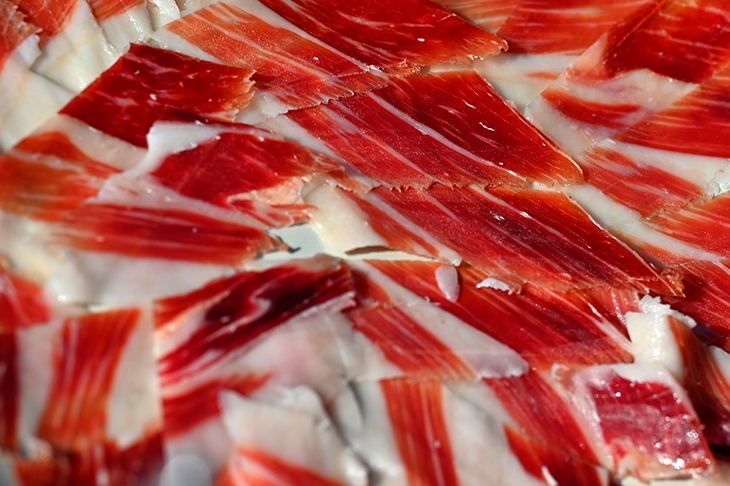Who Poisoned Your Bacon Sandwich? is a much more sophisticated read than its lurid English title suggests. Guillaume Coudray’s book was first published in France in 2017 as Cochonneries, a play on words that better reflects the nuanced nature of his argument.
Cochonnerie means rubbish, or junk. Derived from cochon — pig — it’s a clever title for a volume that examines, with impressive historical and scientific depth, a group of chemicals extensively used to manufacture processed meats.
Investigations into cured meats, such as saucisson, bacon and ham, are big in France, but until now rare in the UK where the word charcuterie barely trips off the lips of the affluent classes, let alone the general populace. But Coudray, a documentary film maker, follows in the footsteps of the food journalist Jean-Pierre Coffe, who from the 1990s warned the French public that their time-honoured artisan foods were being supplanted by hi-tech look-alikes. Coffe blew the gaff, for instance, on the practice of dusting fast-track, factory-made salami with flour to fake the bloomy mould that naturally occurs on the skin of patiently cured equivalents. Coudray’s target is more precise: nitrate and nitrite additives (E250, E251, E252) employed to give meat products a uniform rosy colour and accelerate the curing process.
Nitro-formulations were given coy, fanciful names: Magique Rose, Prague Powder and Églantine ‘pinking salt’
In its most traditional forms, curing — the safe preservation of fresh meat — requires only salt (for its property of drawing out moisture), air (for its drying and ventilating effects) and time (to let the meat naturally develop the zinc proto-porphyrin pigment that brings an appetising red hue to the plate). This mode of curing was the norm until the 18th century. Coudray demolishes ‘the 5,000 year myth’, put about by chemical companies, that meat has been nitro-preserved since time began.







Comments
Join the debate for just £1 a month
Be part of the conversation with other Spectator readers by getting your first three months for £3.
UNLOCK ACCESS Just £1 a monthAlready a subscriber? Log in